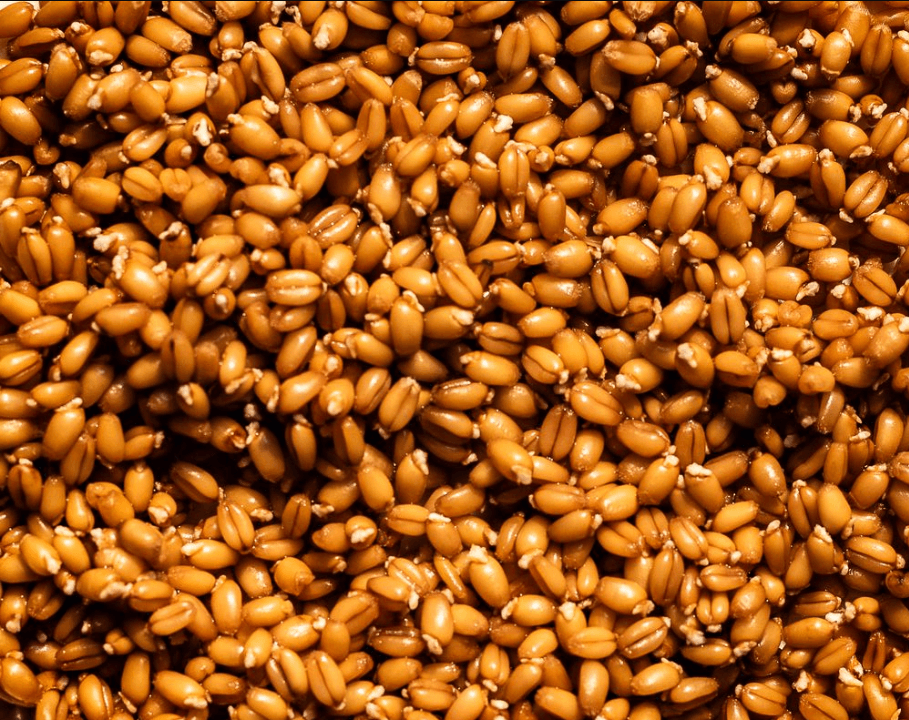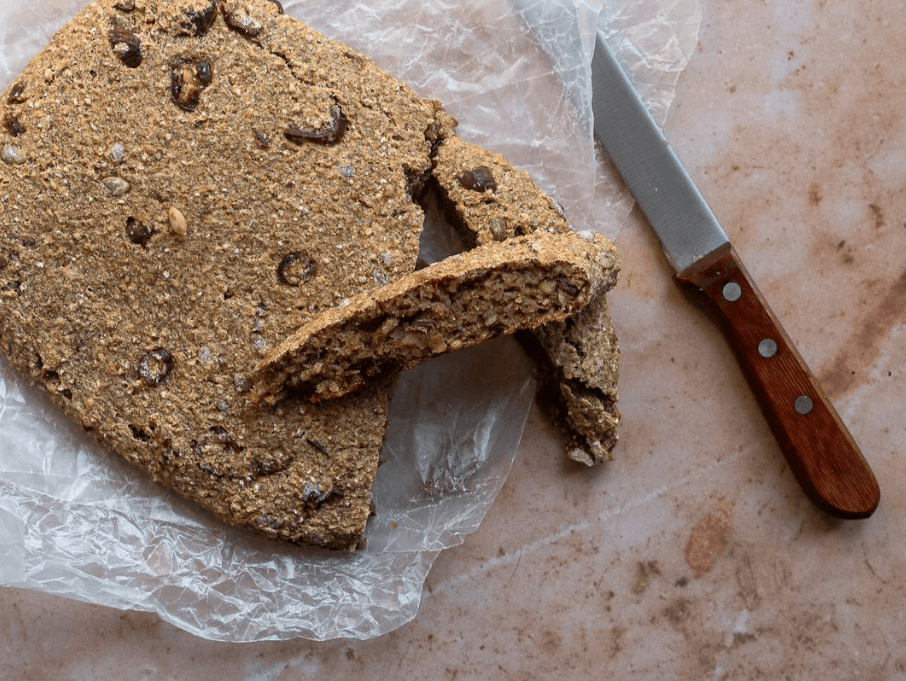Bison once grazed the American plains by the tens of millions. By 1900, there were fewer than a thousand left. It took less than a century for their population to nearly collapse. Westward expansion, competition for food sources, overhunting, and 19th-century federal policies culminated in population loss. Some estimates suggest that at its peak during the 1870s, up to 5,000 bison were slaughtered every day.
Now, the population is on its way to recovery, with more than 400,000 bison on public, private, and tribal lands. Conservationists, breeding programs, legislation, and private enterprises worked together to contribute to their restoration. Today, most of these animals are held on private lands, and the connection between consumers and ranchers is critical to population recovery.





